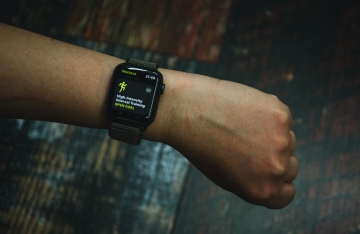One of the most important factors when you are trying to get pregnant is your timing. You need to be making sure your attempts to conceive are focused on your ‘ovulation window’ – a specific span of time focused on when you ovulate, when the lifespan of both sperm and eggs overlap. During your ovulation (or ‘fertile’) window, sperm of average lifespan can reach the egg while it’s still viable. A day or two outside this time, pregnancy could still be possible due to an especially long-lived egg or particularly fast moving sperm, but the chances are low and they quickly fall away to nothing at all. If you have an average length menstrual cycle of 28 days, that’s less than a quarter of your cycle in which you can get pregnant!
Getting the timing right means knowing in advance when your fertile window will be, so you can take full advantage of that six days in which you can conceive, and be sure you don’t miss an opportunity to get pregnant.
Ovulation Predictor Kits
These are some of the most widely available methods for tracking your fertility and they’re relatively easy to use. Like pregnancy tests they check your urine for hormones, and change colour or show a line to give you a simple ‘yes or no’ answer. In the case of OPKs, the hormone they are looking for is the one associated with ovulation: the Luteinising Hormone. Your brain secretes this through the follicular phase of your cycle to encourage the ovaries to prepare an egg, but ovulation is stimulated with a big burst of the chemical which then filters out of your blood and into your urine where it can be detected.
Unfortunately, this can only tell you when you are currently ovulating: it doesn’t have much predictive power, and that’s what you need if you want to access your full ovulation window.
Basal Body Temperature Tracking
Your BBT is the low level your body temperature drops to during a long period of rest – like an overnight sleep. It changes minutely in response to processes going on in your body, and if you track the pattern of changes you can use them to see when you’re ovulating.
This does take a lot of manual work, taking and recording your temperature, then looking for the drops and rises that tell you when you’re ovulating. There is, sadly a lot of opportunity for human error to creep into this process, and make you miss your chance to conceive, but fortunately modern fertility apps and devices automate a lot of the data gathering and processing, providing you with better, more trustworthy predictions!




